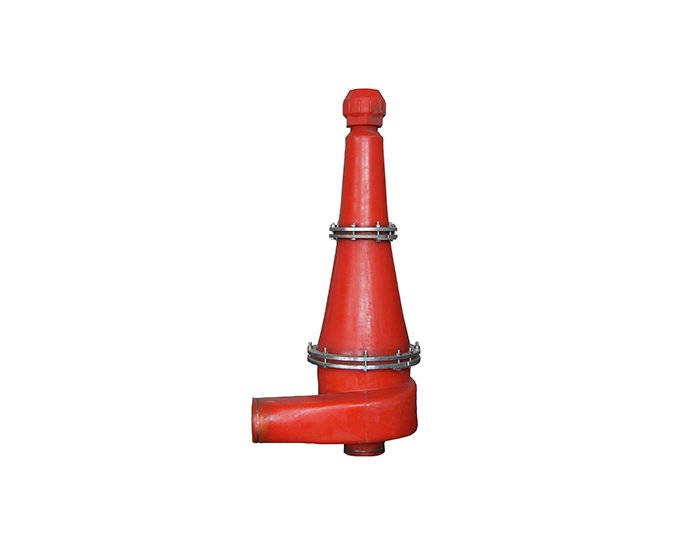Exploring the Essentials of Shale Gas Drilling Equipment
Shale gas has emerged as a crucial component of the global energy landscape, significantly reshaping our approach to natural gas production. As the demand for cleaner energy sources continues to rise, the implementation of effective drilling techniques and high-quality equipment has become paramount. The success of shale gas extraction is largely dependent on the technology and tools utilized in the drilling process.
At the heart of shale gas drilling operations is a variety of specialized equipment designed to address the challenges posed by the unique geology of shale formations. One of the key pieces of equipment is the drilling rig. These rigs vary in size and complexity, from simple land rigs to advanced offshore platforms. Modern drilling rigs are equipped with automated systems that enhance safety and efficiency, allowing for the rapid penetration of dense and often unpredictable rock formations.
Another critical component of shale gas drilling is the drilling bit, which is designed to break through hard rock layers. The most commonly used types of bits are roller-cone and fixed-cutter bits. Roller-cone bits, with their rotating cones, are particularly effective in hard formations, while fixed-cutter bits use a series of sharp blades to create a clean hole. Choosing the right bit for a specific formation is essential to optimize drilling performance and minimize downtime.
In addition to drilling rigs and bits, well casing is a vital element in shale gas extraction. Well casing refers to the pipes that line the boreholes drilled into the earth, providing structural integrity to the well and preventing the collapse of surrounding rock. Furthermore, well casings protect groundwater resources by creating barriers that prevent the contamination of aquifers. The materials used for casing, typically steel or composite materials, are selected based on the geological conditions and environmental considerations of the drilling site.
shale gas drilling equipment
A significant innovation in shale gas drilling is hydraulic fracturing, or fracking. This technique involves injecting high-pressure fluid into the wellbore to create fractures in the shale rock, allowing gas to flow more freely. The equipment used in fracking includes high-capacity pumps and specialized fluid handling systems. The complexity of the hydraulic fracturing process requires sophisticated technology to manage the pressures and volumes involved, ensuring safety and effectiveness.
Moreover, monitoring systems and technologies play a crucial role in optimizing shale gas drilling operations. Advanced sensors and data analytics allow for real-time monitoring of drilling conditions, helping drillers make informed decisions and respond to challenges as they arise. These systems collect data on parameters such as pressure, temperature, and fluid flow, providing valuable insights into the well’s performance.
Environmental considerations are also paramount in the design and selection of shale gas drilling equipment. As the industry strives to minimize its environmental impact, the development of eco-friendly technologies has gained momentum. Techniques such as water recycling systems and the use of biodegradable fracking fluids help reduce the ecological footprint of drilling operations.
In conclusion, the extraction of shale gas represents a substantial advancement in the energy sector, driven by the continuous evolution of drilling equipment and technologies. From sophisticated drilling rigs and bits to hydraulic fracturing systems and environmental management tools, every aspect of shale gas drilling equipment is designed to optimize performance while safeguarding ecological integrity. As the demand for natural gas grows, ongoing innovation in this field will be essential to ensure sustainable and efficient energy production, shaping the future of energy for generations to come.
 Linear Motion Shale Shaker In Drilling Rig
Linear Motion Shale Shaker In Drilling Rig  Oilfield Mud Cleaner
Oilfield Mud Cleaner  Drilling Fluid Decanter Centrifuge
Drilling Fluid Decanter Centrifuge  Drilling Mud Desander
Drilling Mud Desander  Hydrocyclone Desilter
Hydrocyclone Desilter  Centrifugal Pump/Centrifugal Mud Pump
Centrifugal Pump/Centrifugal Mud Pump  Shear Pump
Shear Pump  Jet Mud Mixer
Jet Mud Mixer  Horizontal Mud Agitator
Horizontal Mud Agitator  Constant Pressure Drilling Fluid Mud Gas Separator
Constant Pressure Drilling Fluid Mud Gas Separator  Mud Gun
Mud Gun  Mud Tank
Mud Tank  Solids Control System Vacuum Degasser
Solids Control System Vacuum Degasser  Flare Ignition Device
Flare Ignition Device  Diesel Tank
Diesel Tank  Submersible Slurry Pump
Submersible Slurry Pump 





































